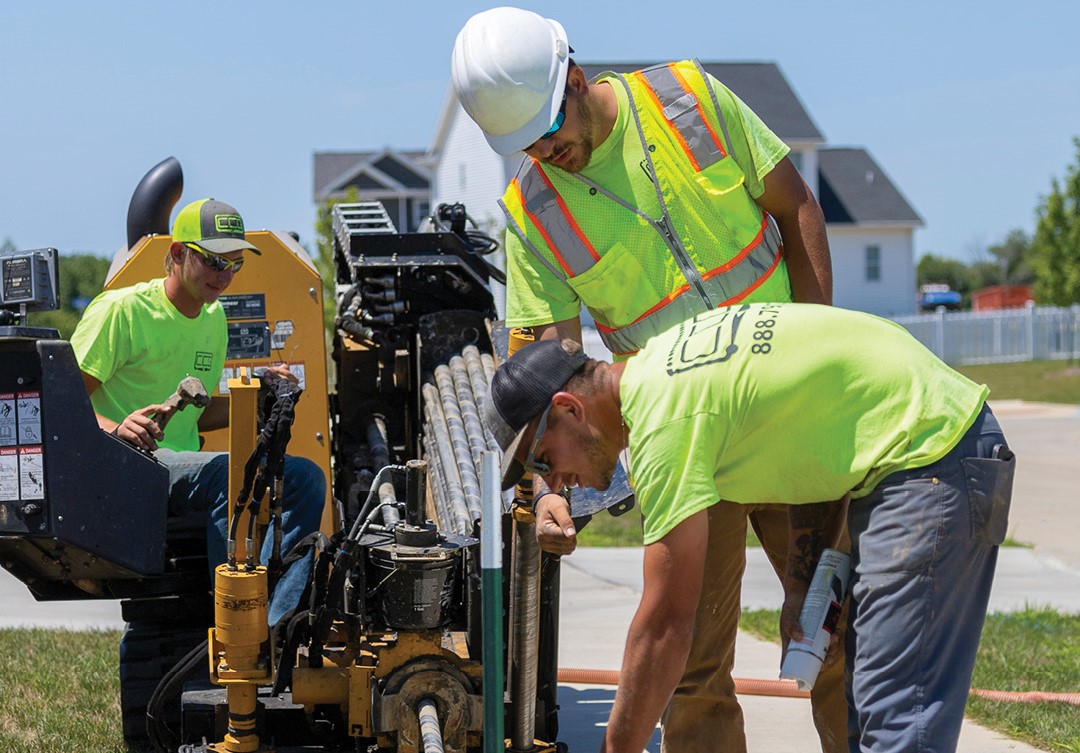A couple of years ago, we switched to using fiber internet in our house after years of using cable and satellite. I’m sure we probably even had dial-up or DSL at some point. Remember those? Good times. To be completely honest, I didn’t really know why it was supposedly better, or what that would mean for doing internet sort of things in our house, I just know that it was installed and now we can do all the internet things (can you tell I’m not a tech person?) Here at SP, we’ve talked about the importance of internet access for all, something that really became a stark reality during the pandemic, when everyone was relying so heavily on it.
There are a steady stream of fiber optic installations continuing around town — I’m sure you’ve seen workers out there digging. I reached out to Pavlov Media about the basics of what is actually happening when you use fiber optic internet.
Smile Politely: In simplest terms, what is fiber optic internet?
Pavlov Media: Fiber Internet uses glass cables to transmit light pulses, allowing for data to be transmitted at a faster rate than the other technologies.
SP: How is that different from the other types of internet?
Pavlov Media: Cable Internet utilizes copper wires that send electrical signals to transmit information. Wireless Internet, on the other hand, sends information up and receives information from satellites.
SP: Is fiber internet faster?
Pavlov Media: How quickly you can send (upload) and receive (download) information is one of the key differences between these various Internet service providers. Some average speeds:
- Dial-up Internet: ~56 Kbps (kilobits per second) for both download and upload speeds.
- DSL Internet: ~1-100 Mbps (megabits per second) download speed and 20 Mbps upload speed.
- Cable Internet: ~940 Mbps download speed, and 50 Mbps upload speed.
- Wireless Internet: ~34 Mbps for download and upload (Larger if connected to the device)
- Fiber Internet: ~940 Mbps for both download and upload speed.
SP: How long has fiber optic internet been around, and how has it evolved through the years?
Pavlov Media: Fiber-optic Internet has been utilized to steadily increase the speed and range of
communication through the internet since the 1970s. Fiber-optic technology, which was initially used
for telecommunications intra-continentally (inside a continent), has expanded by linking multiple
nations through fiber-optic cables that stretch over the ocean floor.
You can find out if you have fiber internet available in your area here.








